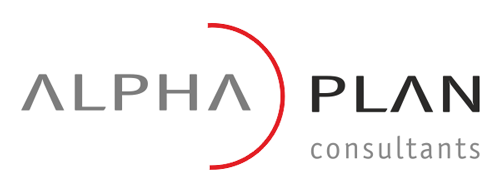MEANING AND SCOPE:
ISO 22000 / HACCP is a methodology for developing a system to ensure safety and food hygiene to the consumer.
This methodology is applicable to any food business can be active at every stage of the supply chain after primary production, namely:
- Preparation.
- Processing.
- Production.
- Packaging.
- Storage.
- Transfer.
- Distribution.
- Offering for sale and disposal
Mention that the implementation of HACCP / ISO 22000, is legislated on a national and European legislation. Stressed that HACCP is the system adopted in the EU Directive 93/43/EEC on 14/07/93 for healthy food as the official methodology of the European Union.
METHODOLOGY FOR DEVELOPING THE SYSTEM:
- Presentation of the status quo - Setting goals - Create Group Food Safety
- Data Collection Product - Define product use
- Inventory Flow Chart - Flow Chart Confirmation
- Identify risks and preventive measures
- Identifying CCPs (Critical Control Points) and OPRP's (Functional Requirements Programs)
- Establish procedures to monitor CCP's
- Establish procedures for corrective action
- Establish procedures for documentation and verification of system
- Compilation instructions, forms, specifications
- Delivery of the legislation for your business
- Certification system according to ELOT EN ISO 22000 by an independent certification body (power license for 3 years, an assessment by the organization and renewed every year)
- Corrective action after certification
- System Monitor
EXPECTED BENEFITS:
- Evaluation and quality control of products.
- Ensure appearance and prevent risks to health and safety of consumers.
- Ability to promote the healthy (in terms of safety for the customer) of food produced.
- Reduction of costs mainly by reducing the internal losses in the stages of food handling.
- Reduce the risk of damages, etc. which may be due to violations of the Food Code, etc.
- Align Business with the law.
REASONS FOR ADOPTING HACCP / ISO 2200 SYSTEM
- Pressures from the external business environment, eg:
- Public Tenders
- Strategy and action of competition.
- Requirements and needs of suppliers and customers.
- Requirements of Law.
- Internal needs, eg:
- Problems of quality and organization.
- Improving the organizational structure for the effective administration of quality.
- Business Strategy, eg:
- Any competitive advantage through effective communication of product quality and ensuring the health and safety for the consumer.
 English (UK)
English (UK) Ελληνικά (GR)
Ελληνικά (GR)  Pусский (RU)
Pусский (RU)  Shqip (AL)
Shqip (AL) 
